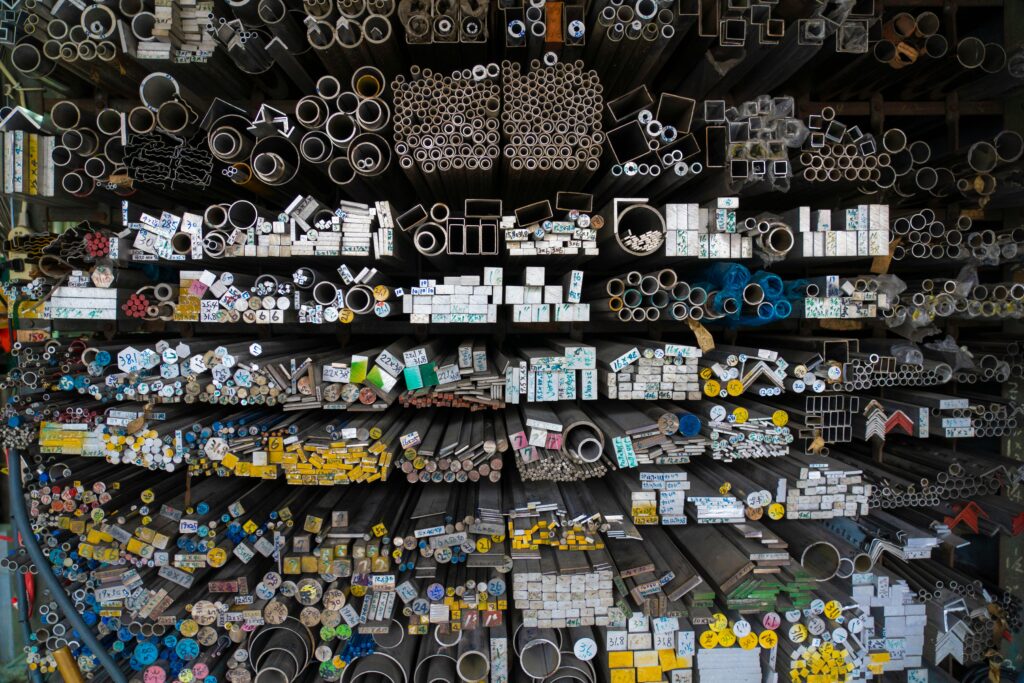Choosing the right material for machine design is critical to achieving durability, performance, and cost-efficiency. Each material has unique properties, making it important to match the selection to the specific needs of your project. Let’s explore key factors to consider and the role of materials like plastics in modern engineering.
Key Factors in Material Selection
- Mechanical Properties
- Strength: For heavy loads, materials like steel or aluminum offer high tensile strength. Plastics such as polycarbonate can provide sufficient strength for lightweight applications while being easier to work with.
- Wear Resistance: Metals like hardened steel excel in abrasive conditions, while nylons or UHMW plastics are effective for moving parts that require low friction.
- Environmental Resistance
- Corrosion and Moisture: Metals like stainless steel resist rust, but plastics such as polyethylene are impervious to moisture and many chemicals, making them suitable for humid or chemically aggressive environments.
- Heat Resistance: High-performance metals handle extreme temperatures, while engineering plastics like PEEK or PTFE maintain integrity under moderate to high heat.
- Weight Requirements
- Metals vs. Plastics: When weight is a concern, plastics such as ABS or polypropylene are excellent choices, offering strength while keeping mass to a minimum.
- Fabrication Methods
- Metals: Perfect for machining, welding, or laser cutting.
- Plastics: Ideal for 3D printing, injection molding, or vacuum forming, offering flexibility in both prototyping and production.
The Role of Plastics in Machine Design
Plastics are gaining ground in machine design thanks to their versatility and unique properties:
- Lightweight and Durable: Ideal for moving components or portable machines.
- Corrosion Resistance: Unlike metals, plastics don’t rust, making them invaluable in damp or chemical-heavy environments.
- Cost-Efficiency: For high-volume production, plastics reduce costs while maintaining quality.
Popular plastics include:
- Polycarbonate: Excellent for impact resistance and transparency.
- Nylon: Known for high wear resistance, making it great for gears and bushings.
- PTFE (Teflon): Offers low friction and chemical resistance for sealing and sliding applications.
Balancing Priorities
The choice between metals, plastics, and other materials depends on balancing performance, cost, and environmental considerations. For example:
- Use aluminum for lightweight structures that need strength.
- Choose stainless steel for machines exposed to corrosive environments.
- Opt for plastics when weight savings and corrosion resistance are priorities.
Partnering for the Best Solutions
At Engineered Machines, PLLC, we specialize in helping clients navigate the complexities of material selection. Whether it’s prototyping a new design, retrofitting legacy systems, or optimizing production, our expertise ensures that every material choice contributes to a machine’s long-term success.
Ready to start your project? Contact us to discuss how we can bring your vision to life with tailored engineering solutions and expert material guidance.
